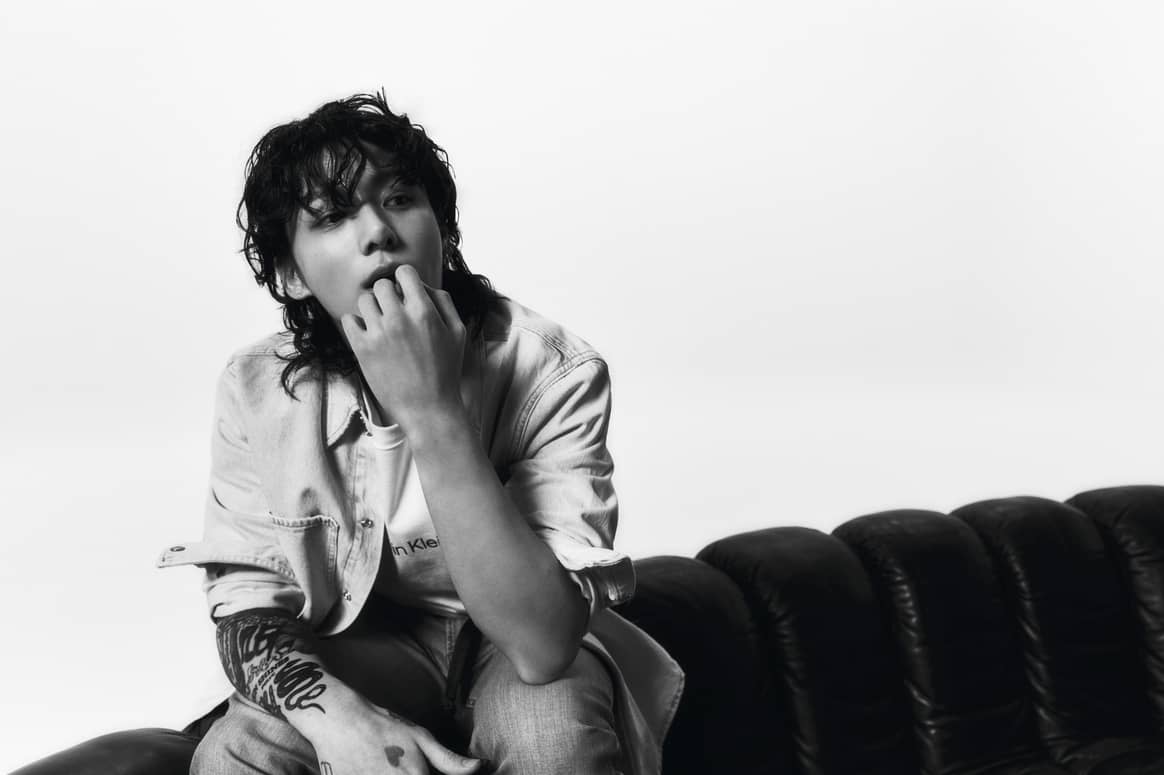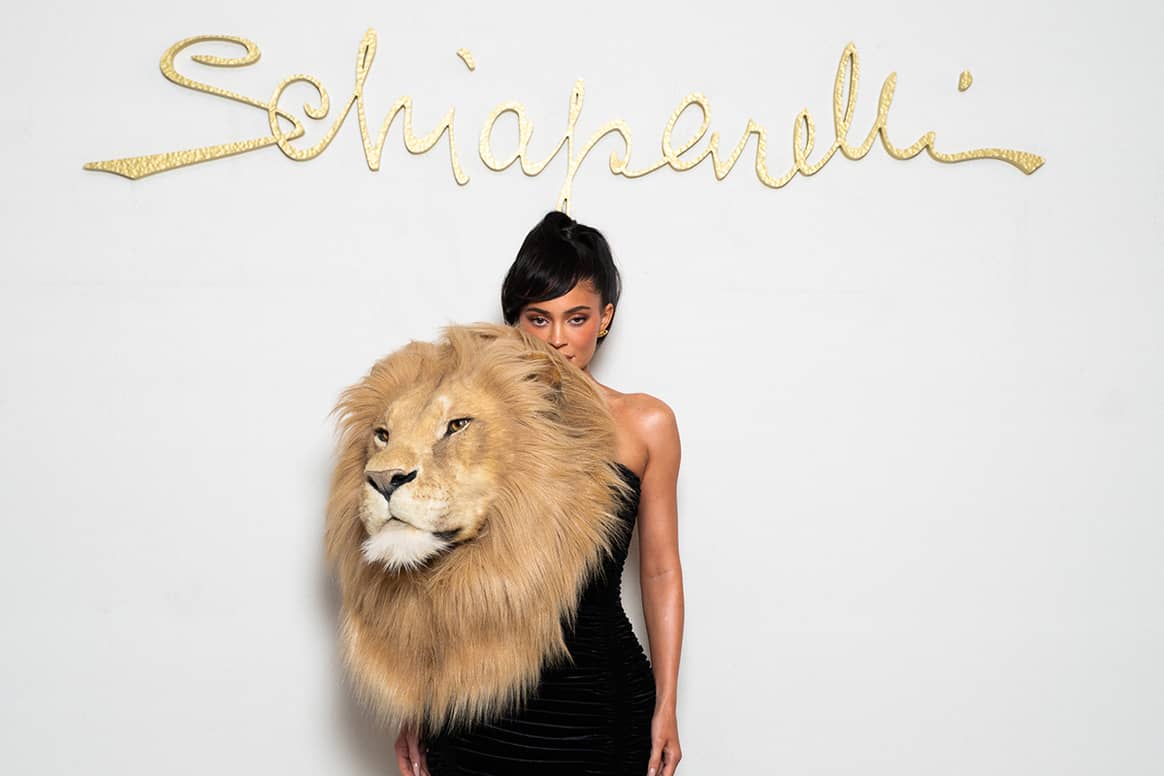Engaged in the clothing industry for 20 years.

Launchmetrics: Premium brands come out on top in evolving Gen Z interests
Gen Z consumers continue to be the talk of the town for fashion brands, many of whom look to target this tech-savvy consumer in what has become an increasingly competitive market. In order to gauge where such brands stand, analytics platform Launchmetrics has released a detailed report on which brands are making it – and which ones are not hitting the mark – with this consumer group.
In order to establish its ranking system for each fashion sector – Luxury, Premium and Mass Market – Launchmetrics uses a system called Media Impact Value (MIV) through which brands assign monetary values to posts, interactions and articles to measure impact and assess contributors. For this particular report, the platform has largely cited data ranging between January 1, 2020 and December 31, 2023, which have been compared to one another to establish shifts in sentiment.
Kim Kardashian’s Skims tops the rankings for Premium brands
In this regard, the fastest moving category in MIV was Premium, according to Launchmetrics, rising 114 percent and reflecting the biggest growth out of the three – Luxury saw a rise of 69 percent, Mass Market rose 62 percent. Such a substantial increase comes down to Premium brands’ efforts to address the values of Gen Z head on in more authentic means – getting the consumer group involved.
Speaking on this topic, Christopher Morency of Edition+ Partners, noted that Gen Z as a whole has varying preferences, adding: “The most successful brands capitalise on this reality by tailoring their marketing efforts to the diverse platforms and subcultural niches that the generation engages with, instead of trying to target the entire generation with a singular message.”

In terms of rankings, Skims came out on top for the premium category for 2023, jumping up from 12th place in 2020 to first with an MIV of 638 million dollars. The Kim Kardashian-owned brand was then followed by Calvin Klein, Levi’s, Lululemon, Coach, Michael Kors and Tommy Hilfiger, all of which had made up the top spots in the previous year. New names in the top 20 were Diesel, Cos and The North Face, resulting in the loss of Alo, Lacoste and Fabletics, while Birkenstock made the biggest leap, jumping from 17th place to 8th with a spike of 149 percent.
Loewe and Celine are luxury newcomers for Gen Z
Not much changed in the realm of luxury labels, however. The top 10 MIV performing brands for 2020 largely remained the same, with Dior, Chanel, Gucci and Louis Vuitton retaining the top four spots, boasting MIV’s between 2.5 and 4.3 billion dollars. The only new addition here was Valentino, which replaced Dolce & Gabbana for 10th place after upping its MIV from 503 million dollars to 1.05 billion dollars. Lower down the list there has been more movement, however. Newcomers Loewe and Celine have shot up to 13th and 17th place, respectively, replacing Tom Ford and Alexander McQueen, which have dropped off the list entirely.

While luxury may not be top of mind for Gen Z, its 69 percent increase in MIV was largely driven by “rule breaking” brands like Celine and Loewe that have set about zoning in on younger shoppers. Despite not making the top 20, meanwhile, Jacquemus and Schiaparelli were also highlighted, both seeing their MIV rise 86 and 463 percent, respectively – a credit to viral moments and high-impact content creation.
Much of the movement can also be attributed to the increased prominence and influence of celebrity and influencer voices. While celebrity MIV increased from 1.7 to 7.6 billion dollars from 2020, influencer MIV shot up from 5.2 to 14.4 billion dollars. Media Voice continues to lead on this front for luxury, however, with an MIV of 39 billion dollars, up from the prior 32.2 billion dollars. This mirrored similar shifts among the voices of Premium brands, with influencers also seeing the largest MIV uptick, rising 2.1 to 6.6 billion dollars, while media voice was up 12.8 billion dollars on the prior 9.7 billion.
Shein makes biggest leap in MIV but sports brands retain power
For Mass Market brands, the rankings welcomed an almost complete overhaul in the short period of time between 2020 and 2023. While Nike, Adidas and Zara retained the top three spots, Chinese fast fashion giant Shein took a notable leap in MIV, going from 9th place with 421 million dollars to 4th with 1.42 billion dollars, reflecting an increase of 237 percent. While sports brands continued to dominate much of the top 20, contributing a collective 7.5 billion dollars in MIV with New Balance, Puma and Gymshark continuing to maintain a presence on the list, fast fashion brands were not far behind. New additions included Prettylittlething and Asos, while FashionNova and Primark continued to exhibit their own influence.

In terms of voice, media had less of a rise in MIV impact than that of influencers, who saw their MIV grow from 3.7 billion dollars to seven billion dollars. Owned media, meanwhile, took a slight hit, dropping from 4.2 to 3.9 billion dollars. This reflects Gen Z’s tendency to place more trust in creator recommendations, as highlighted by Angela Nader, head of brand partnerships, UK, at LTK, who said that creators now held the number one spot as the most trusted source over social media ads and celebrities across all generations.
Nader continued: “It’s no surprise creators are driving the majority of Gen Z’s shopping decisions online and in stores with 75 percent of Gen Z saying they make purchases online from creator recommendations (21 percent higher than the general population) and 77 percent are now shopping in store from creator recommendations.”


